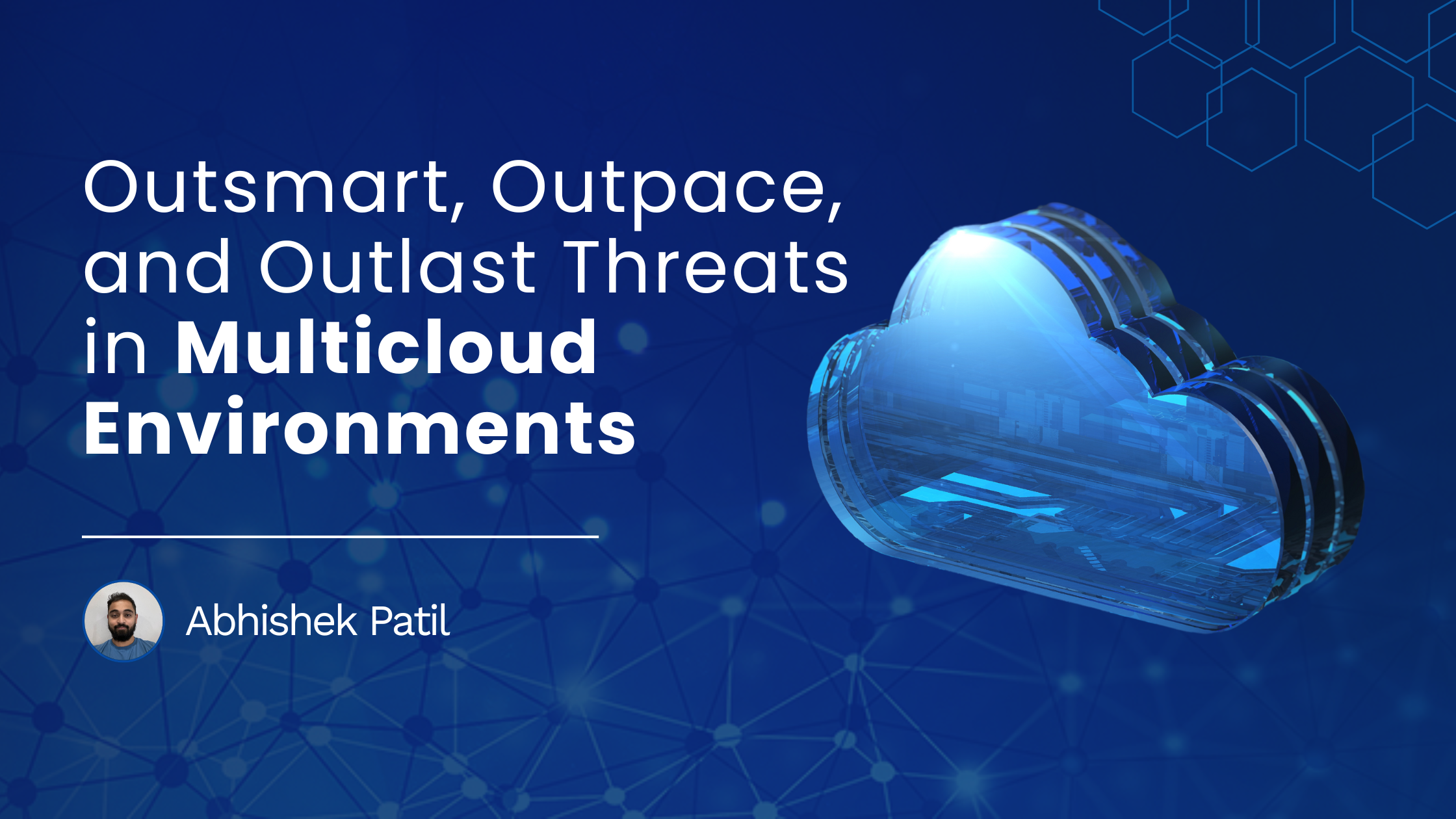In a multicloud reality, coming up with a thoroughly satisfying answer to the question of security has created a host of problems for those IT pros who attempt to find the ideal solutions. Their attempts alone create a fragmented approach to cloud security which simply goes against the main objective of fortification. And when dealing with various cloud service providers, certain degrees of dependency arise because you don’t have complete agency over your security policies and practices. So, how can your organization outmaneuver today’s threats when there’s so much figuratively up in the air, or cloud rather, and expect the safest outcomes?
The answer revolves entirely around strategizing a cohesive, adaptive defense that is fueled by a pre-emptive mindset. And a great tool to help you on that journey of preventive cloud security is automation.
In this article, we examine how organizations can tackle incident response, regulatory compliance, and threat prevention with intelligent planning and automation across their cloud infrastructures.
One of the most effective ways to mitigate risks in cloud environments is through a proactive incident response plan. Instead of reacting to threats as they arise, organizations should focus on building preparedness — a philosophy of prevention — into their operations. And this begins with a thorough understanding of the shared responsibility model for each cloud service in use. Clarity about what the provider secures versus what falls under the organization’s purview helps make sure that no gaps are left unmanaged. Following which is the task of defining specific goals or objectives and responsibilities for stakeholders, creating a unified structure that can scale across incidents of varying scope.
A proactive plan also depends on centralized monitoring and alerting. Consolidating data from multiple cloud environments into unified dashboards provides actionable insights into potential vulnerabilities or suspicious activities. For incident response to be effective, however, organizations must look a little further than detection and establish pre-determined playbooks for addressing specific scenarios, such as data breaches or account compromises. Regular testing of these playbooks through simulated incidents further refines the ability to respond with precision. What comes next is often overlooked: post-incident analysis. It is imperative to direct a healthy amount of resources toward improving a security team’s detection capabilities and process management in order to better fortify against today’s threats.
While incident response focuses on containment and recovery, let’s also look at compliance. It remains an ongoing challenge, especially for organizations employing multiple cloud providers. Aligning data protection practices with regulatory frameworks like GDPR, HIPAA, SOC, or CCPA requires consistency across providers and a clear strategy for maintaining control over sensitive information. Centralized governance is the key phrase here. Organizations should establish standardized policies that dictate how data is stored, accessed, and monitored regardless of the cloud vendor. Tools that provide multicloud visibility are invaluable, offering a single-pane view of data flows, access logs, and residency issues that could lead to possible regulatory violations.
One of the more overlooked components of compliance is automation. Many organizations still rely on manual processes to enforce policies, a method prone to human error and inefficiency. Automated tools, by contrast, can classify data, enforce encryption standards, and restrict sensitive information from crossing into unauthorized regions without requiring constant oversight. In a multicloud setup, this is especially useful because differing configurations between providers typically complicate compliance efforts. Automation reduces the risk of non-compliance but also allows for quicker adaptation to evolving regulations, which are increasingly becoming more stringent.
The role of automation in cloud security extends beyond compliance and into preventive threat management. The rate at which today’s cloud workloads are required to scale, and at the rate which they do, it’s evidenced multiple times that manual oversight simply cannot keep up with the pace of potential threats. Automation provides the agility required to mitigate risks before they escalate into full-blown incidents. Real-time threat detection powered by machine learning, for example, can identify anomalies and flag potentially malicious activity as it happens. Behavioral analytics, integrated into automation platforms, adds another layer of sophistication by identifying deviations from normal user patterns and responding in seconds — far faster than a human could.
Shifting our focus to one of the most common vulnerabilities: misconfigurations in cloud environments, the way forward is to assess how automation offers a practical solution by continuously scanning for errors. Whether it’s identifying open storage buckets, insecure APIs, or overly permissive access controls, automated tools can detect and remediate these issues instantly. Similarly, in the realm of incident triage, automation accelerates response times by correlating logs, categorizing events, and triggering pre-built workflows. This enables security teams to focus on high-priority tasks while letting automated systems handle routine mitigations.
The integration of automation with proactive planning and compliance initiatives forms a pretty well-defined approach to cloud security. Organizations can both minimize errors and scale their security operations by reducing the need for manual intervention as their cloud presence grows. Coupled with the continuous refinement of processes and policies, these measures position organizations to manage the risks associated with multicloud environments effectively while maintaining compliance and staying resilient against the sophistication of modern cybercriminals.

